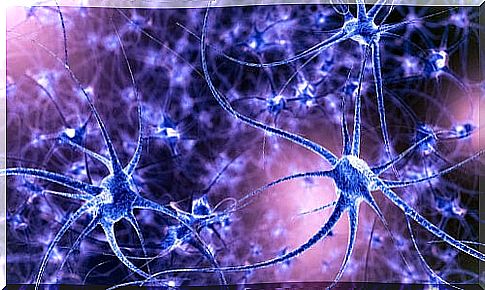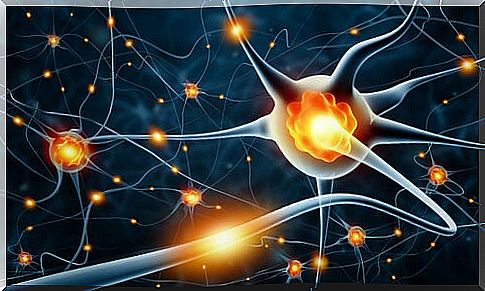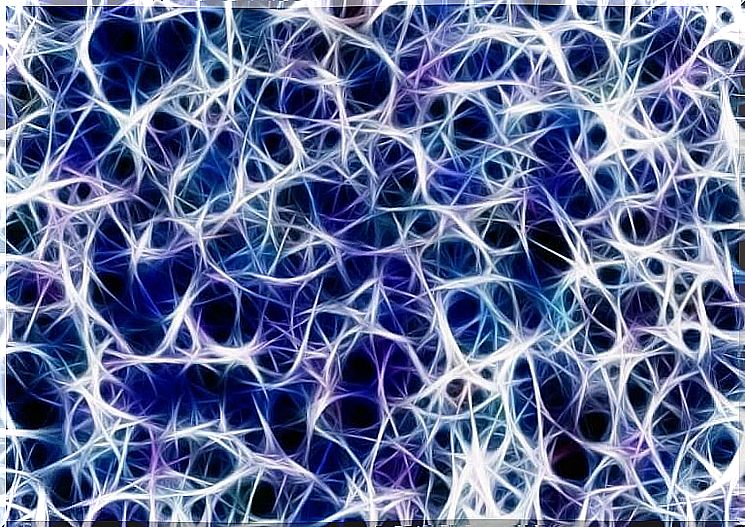Neural Plasticity: Characteristics And Types

The term neuronal plasticity refers to the ability of the nervous system to modify itself, both functionally and structurally, in response to both the passage of time and injuries. In a colloquial way, plasticity is known as the property of a material to be physically malleable. In a more scientific way, we can say that neuroplasticity is the ‘ability of the nervous system to respond to intrinsic or extrinsic stimuli by reorganizing its structure, connections and function’ (1).
Thus, plasticity is a key component in neuronal development and the normal functioning of the nervous system. It is also a response to the changing environment, aging or pathologies that may occur to us. In this way, neural plasticity is necessary both for neural networks to acquire new functional properties and for sufficient brain connections to continue to be produced.
The brain is, by necessity, a plastic structure. This has been shown by several scientific investigations. Furthermore, we know that it occurs at various organizational levels of the nervous system. We can talk about plasticity of the nervous tissue, neuronal or glial plasticity, synaptic plasticity …

How do neronal networks work?
Neuronal plasticity occurs especially in response to physiological demands, changes in neural activity, or nerve tissue damage.
In addition, plasticity participates in the formation of the neural network during the development and acquisition of new motor behaviors or the learning that we carry out during life. There are many biological processes that involve plasticity :
- Neurogenesis.
- Cell migration.
- Changes in neuronal excitability.
- Neurotransmission.
- Generation of new connections.
- Modifying existing connections.
Structural and functional neuronal plasticity
The plasticity of transmission efficiency between neurons may depend on adaptive changes in presynaptic, extracellular, or postsynaptic molecules. This means that plasticity can occur without modification of the number, site, distribution, density or total area of synapses.
Long-term early potentiation and changes in electronic properties due to geometric changes of dendrites are clear examples of this type of plasticity. On the other hand, changes in circuit connectivity that involve synapse formation, elimination or enlargement, such as late long-term potentiation, are called “structural or architectural plasticity”.
Hebbian neuronal plasticity and homeostatic plasticity
Transmission efficiency plasticity and structural plasticity can be classified as Hebbian plasticity and homeostatic plasticity, respectively (2).
Hebbian plasticity involves a change in synaptic strength, either increasing or decreasing depending on the level of neuronal activity, on a time scale of seconds or minutes after the start of stimulation.
Long-term early potentiation is a typical example of Hebbian plasticity. Initially, a tetanus stimulus drives the coincident pre- and postsynaptic activation, leading to increased synaptic efficiency. This increase will improve empowerment. Thus, Hebbian plasticity produces a positive feedback loop.
On the other hand, homeostatic processes are slower, they occur from hours to days. Thus, they may include modifications in ion channel density, transmitter release, or postsynaptic receptor sensitivity. In contrast to Hebbian plasticity, homeostatic plasticity constitutes a negative feedback loop. Homeostatic dynamics decreases connectivity in response to high neuronal activity and increases connectivity when activity decreases.

Homeostatic and Hebbian plasticities have been proposed to have different roles in terms of neural network functions. Hebbian plasticity is involved in the changes that occur throughout life, the storage capacity and the robustness of memory.
Meanwhile, homeostatic plasticity self-organizes the connectivity of the neural network to avoid network instability. Furthermore, this type of plasticity involves synaptic and extra-synaptic mechanisms, such as the regulation of neuronal excitability, the regulation of synapse formation, and the stabilization of total synaptic strength and dendritic arborization.
Neural plasticity is a process that can be observed during the development of the nervous system. It arises as an essential attribute that gives the brain the ability to modify its structure and function in response to changes in neuronal activity. It is also responsible for acquiring new capacities as substrates for learning and memory or the recovery of functionality after an injury. In short, it is a process that allows the brain to remain flexible to allow better adaptation to environmental conditions.









